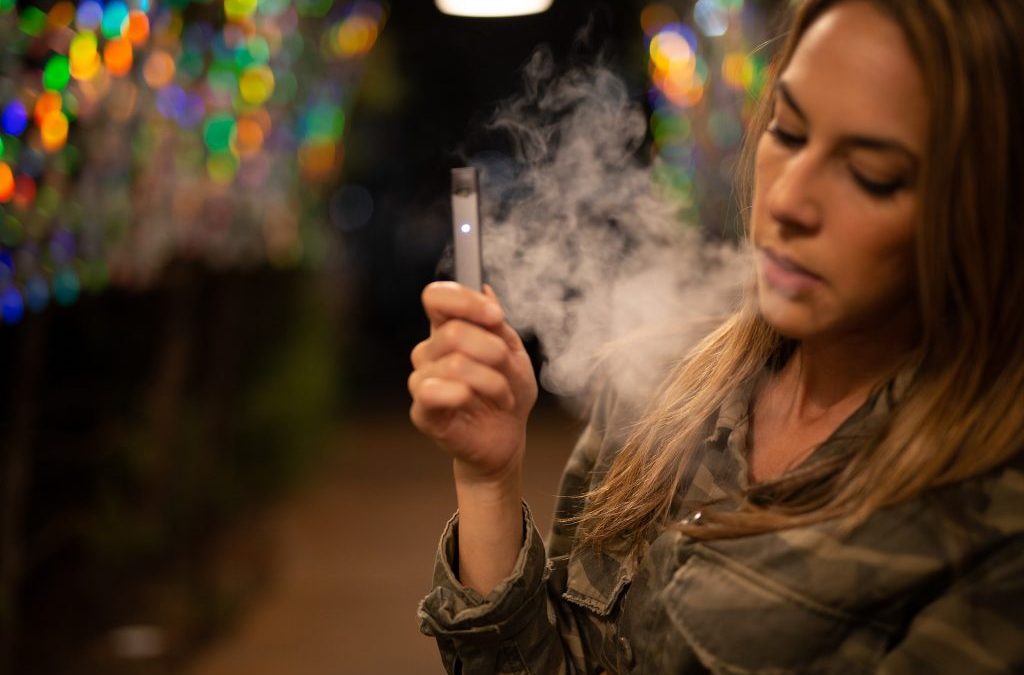It seems like vaping among teenagers is not showing signs of slowing down, according to an annual survey called Monitoring the Future that surveys 8th, 10th, and 12th graders in the United states across nearly 45,000 students around the country. Released in late 2018, the latest report showed that 17.6% of 8th graders, 32.3% of 10th graders, and 37.3% of 12th graders reported using electronic cigarettes, or vapes, in the past year. These numbers back up previous numbers, including data from the US Centers for Disease Control and Prevention, in what the Food and Drug Administration has called an “epidemic” of e-cigarette use among adolescents. According to the authors of the report, “the absolute increases in the prevalence of nicotine vaping among 12th-graders and 10th-graders are the largest ever recorded by Monitoring the Future in the 44 years that it has continuously tracked dozens of substances.”
The silver lining in these harrowing numbers is that substance use, other than vaping, is on the decline. According to the report, “substances at historic low levels of use in 2018 were alcohol, cigarettes, heroin, prescription opioids, MDMA (ecstasy or Molly), methamphetamine, amphetamines, sedatives and ketamine.” Dr. Nora Volkow, director of the National Institute on Drug Abuse, had the following to say: “What we are seeing is a change in the patterns of drug taking among teenagers in that they are the lowest that we’ve seen for many years…So we have very good news, but at the same time, we have to be vigilant, because of this very high uptake and embracing of vaping by teenagers that could lead them then to the administration of other drugs.”
The report also asked students what specific substances they were vaping. 8th graders reported vaping “just flavoring” 15.1% of the time, followed by nicotine at 10.9% and marijuana at 4.4%. 10th graders had similar numbers compared to the 8th graders, but showed 12.4% of students vaping marijuana. Finally, 12th graders reported vaping nicotine 29.7% of the time, followed by 25.7% flavoring, and 13.1% marijuana. It’s worth mentioning that a portion of the students might not be aware exactly what they are vaping, and might think they are merely vaping flavoring when they are in fact vaping nicotine. As the Center for Disease Control has previously reported, “some e-cigarettes marketed as containing zero percent nicotine have been found to contain nicotine.”
For more information from the article, click here.

